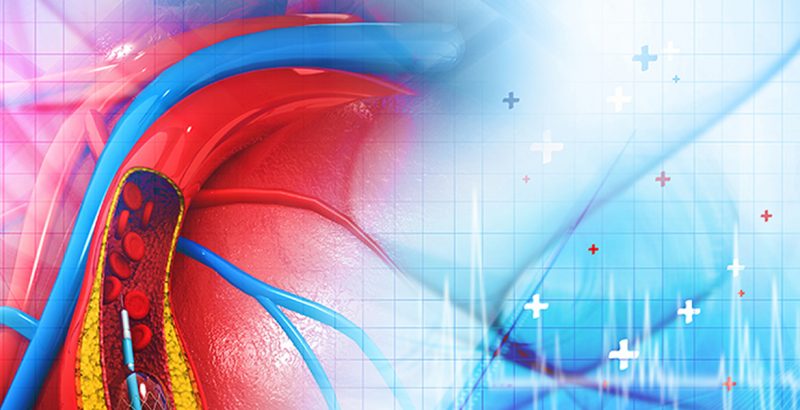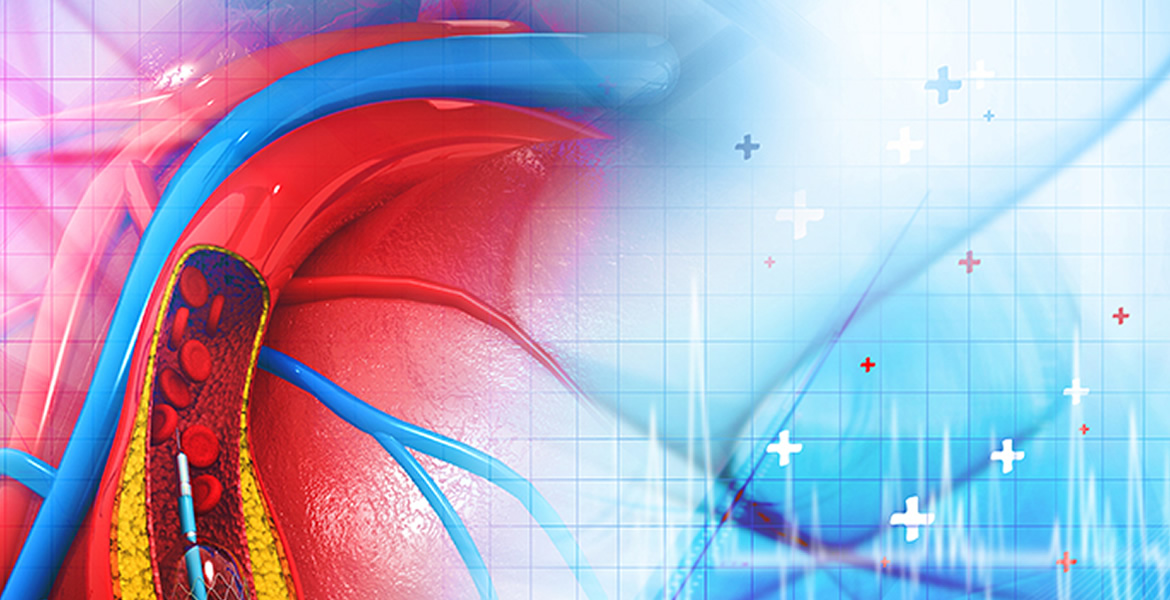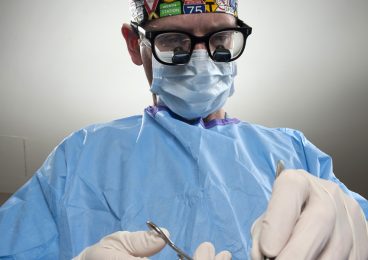Dialysis Access Interventions
Introduction
This is an x-ray test to look inside your dialysis access, whether it is a fistula or shunt. It is used to find imperfections or narrowing in the access or the blood vessels leaving the access. Depending of the findings, procedure may proceed to angioplasty, stent placement or thrombolytic therapy.
Procedure
A dialysis fistulogram involves the placement of one or more plastic tube(s) (catheters) into your dialysis graft/fistula. Some numbing medicine will be injected in the skin over the graft/fistula before the catheter is inserted. Intravenous medications may also be given to you to make you more comfortable and relaxed. This is known as conscious sedation.
Once the catheter has been placed into the graft/fistula, it will be advanced through the blood vessels. During this time, x-ray contrast material (x-ray dye) will be injected through the catheter and x-ray pictures taken. You may be asked to hold your breath for several seconds as these pictures are taken. During the injection of x-ray contrast material, you may experience a warm feeling or a strange taste in your mouth. Both of these sensations are temporary and will go away soon. Depending on the results of the fistulogram, an angioplasty, stent placement, or thrombolytic therapy may be performed. At the completion of the fistulogram, the catheter(s) will be removed and pressure will be applied to the insertion site(s) until the bleeding has stopped.
If the fistulogram shows an area of blockage, an angioplasty may be performed in an attempt to open up the area.
Risks
Risks associated with the procedure include pain or discomfort at the catheter insertion site, bleeding at the site, injury to a blood vessel, infection which may result in an infection of the blood stream, the development of a blood clot (embolization), and stroke. Risks associated with the x-ray contrast material include an allergic reaction and reduced kidney function if you have any residual kidney function. The medications used for the conscious sedation are associated with the risks of aspiration (inhaling food or liquid into your lungs) or respiratory depression. In addition to these potential risks associated with the procedure, the x-ray contrast material, and the conscious sedation medications, there may be other unpredictable risks including death.
Alternatives
There may be other procedures that can be performed to further evaluate your circulation and/or treat an area of blockage. If you are unsure about having a fistulogram, along with a possible angioplasty, stent placement, or thrombolytic therapy performed, please discuss these other alternatives with your physician.
http://www.parkwayhealthradiology.com.sg/services/interventional_services/dialysis_fistulogram










